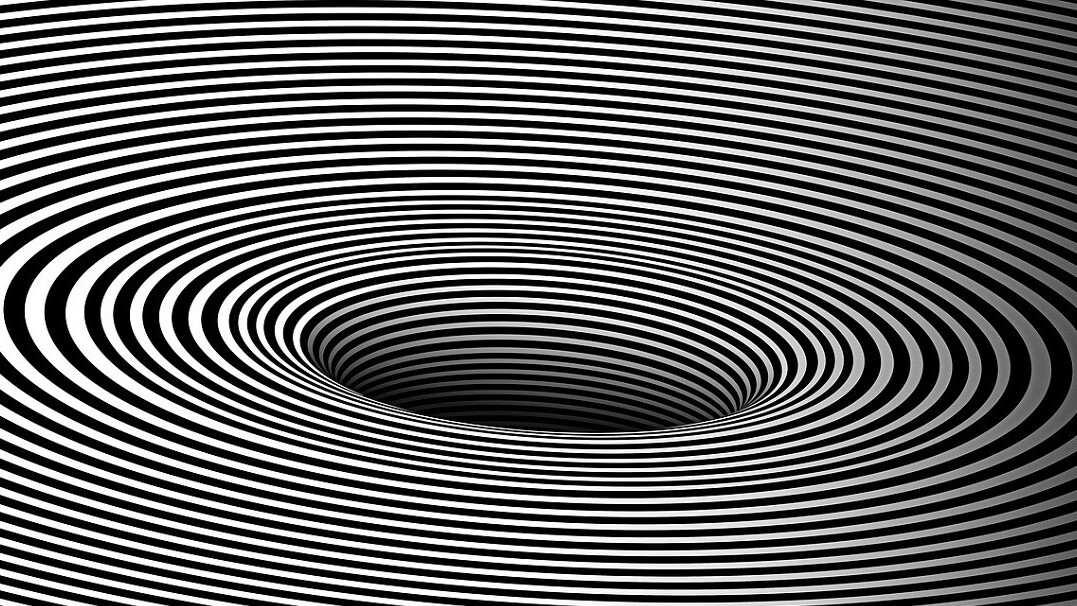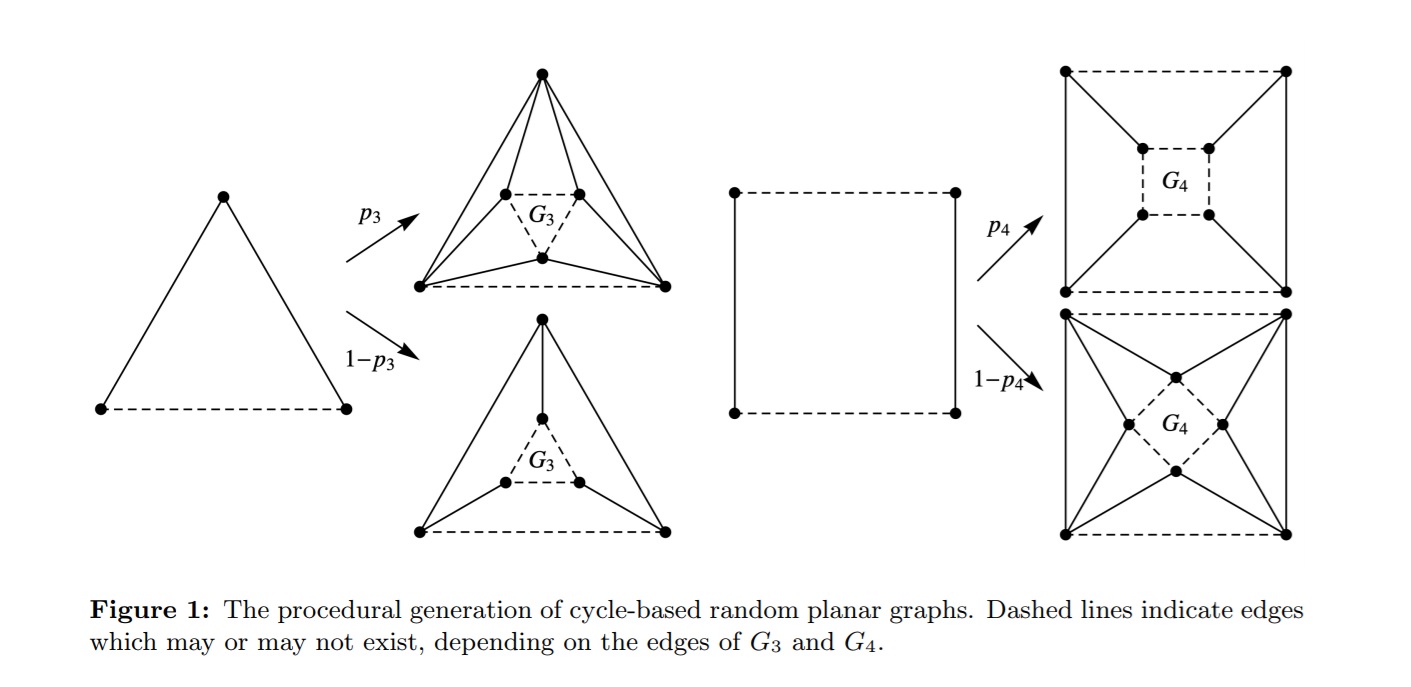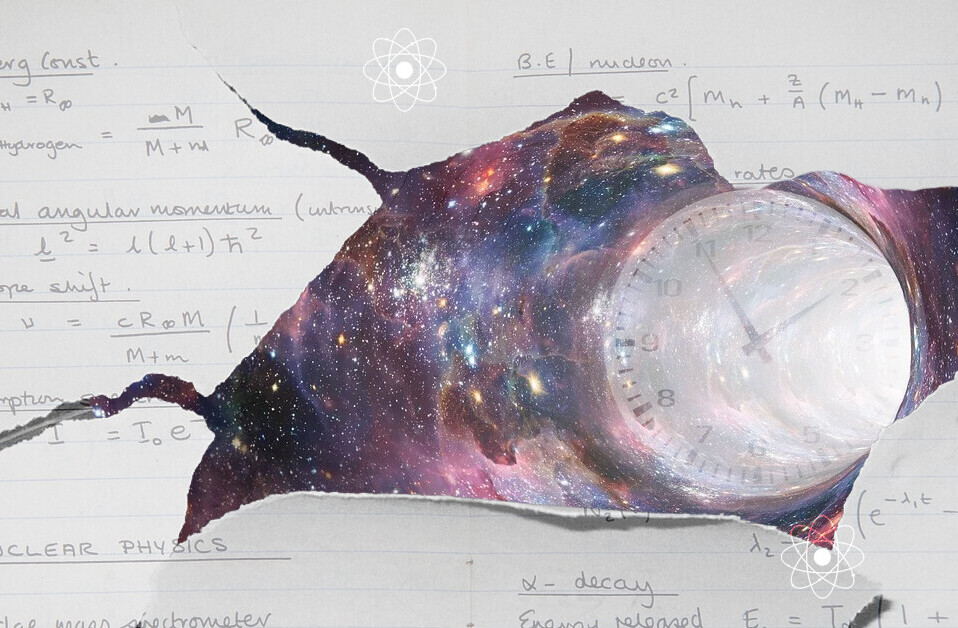
The wild and wacky world of physics just keeps getting stranger. A UC Davis physicist recently published research demonstrating the possibility for complex lifeforms to exist in a two-dimensional universe.
Philosophers and scientists have long dealt with a lack of information about our universe by viewing it through the prism of us, the observers. This is called the Anthropic Principle. The argument is that the basic framework of our universe – the existence of three dimensions of space and one dimension of time (called a 3+1 dimension) – is necessary for the existence of complex lifeforms.
James Scargill, the aforementioned UC Davis physicist, has a slightly different theory. While he doesn’t appear to dispute the idea that life can’t exist in a universe with more dimensions than ours, he theorizes that it could possibly exist in one with fewer. His research asks “Can Life Exist in 2 + 1 Dimensions?”
Here’s what he has to say about the problem in his research paper:
There are two main arguments leveled against the possibility of life in 2 + 1 dimensions: the lack of a local gravitational force and Newtonian limit in 3D general relativity, and the claim that the restriction to a planar topology means that the possibilities are ‘too simple’ for life to exist.
The anthropic argument says a given universe has to follow certain rules in order for life to emerge. Based on what we know, it needs gravity so it can eventually produce planets for complex life to form on. And it has to have enough dimensions for complex patterns to emerge, so that brains and organic neural networks can emerge.
Rather than find a way around these supposed absolutes, Scargill changed the rules. He worked out a theory of gravity that supports a two-dimensional cosmos that’s not so different from our own. It’s strange, but its physics doesn’t automatically preclude complex lifeforms. And in taking on the second argument – that neural networks couldn’t form with sufficient complexity in a 2D universe – he showed how certain families of planar graphs can demonstrate the necessary complexity required for a biological neural network to function.

In other words: Scargill presented clear and viable evidence against longstanding theories that our universe is the only kind of cosmos capable of supporting lifeforms complex enough to be considered observers.
MIT’s Technology Review took a look at the paper and concluded it “gives the lie to claims that 2+1 universe could not support life,” and that “the cosmologists and philosophers who promote the anthropic principle will need to think a little harder.”
While this work in no way indicates 2D universes actually exist, and it certainly doesn’t prove life could exist if one did, it does dismiss the easiest arguments against the ideas. There’s also another interesting potential takeaway from his work: if life can exist in a 2+1 universe, can we simulate it? Quantum computing may hold the answer to that question.
More immediately though, Scargill’s work should help us shed some light on our own very real, very three-dimensional universe. He concludes that, having addressed arguments against a theoretical 2+1 universe’s ability to sustain life, the scientific community can now search for more complex arguments and answers:
In particular it would be interesting to determine if there might be other impediments to life which have so far been overlooked, as well as to continue to search for non-anthropic explanations for the dimensionality of space-time.
Get the TNW newsletter
Get the most important tech news in your inbox each week.





